On Horror
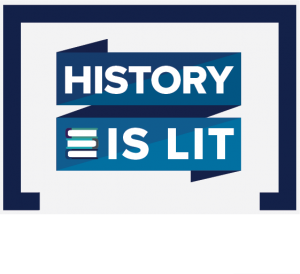
CBC’s History is Lit series explores literary history, book lore, ancient storytelling, and all places where stories and yesteryear meet. John McCormack guest-writes about the history of horror literature.
Spooky Season is officially upon us! If you are anything like me, you have been waiting, bated breath, to press play on Scream for the thirty-six thousandth time to kick off the Halloween season. There’s nothing like the feeling of excitement from a jump scare – popcorn in hand, waiting for the killer to be thwarted. I fondly look back on the nights in my room, well past my bedtime, feeling terrified and so alive, tearing through the pages of Goosebumps or peeking through my hands watching some Nightmare on Elm Street film and hoping Freddy doesn’t get me.
Horror at its heart is the thematic navigation of the macabre to find meaning in everyday life; a world where reason and madness coexist, which opens a window into the soul. It showcases our deepest and darkest impulses, and it can simultaneously be frightening, exciting, existential, and . . . hopeful. Early horror literature is fascinating, so much so that modern cinematic horror has continuously taken the roots of its predecessors and created fresh frights for future generations.
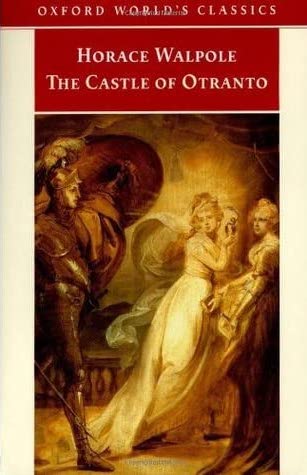
The Castle of Otranto by Horace Walpole is regarded as the first gothic novel, and through its usage of secret passageways, trapdoors, and pictures moving on the walls, it is considered to have a tremendous impact on the literary horror genre. Another impactful book was Ann Radcliffe’s Mysteries of Udolpho, a story that used supernatural terrors and a gloomy castle, among other archetypal gothic elements. These early horror pioneers paved the way for 19th-century writers like Mary Shelly, Bram Stoker, Edgar Allen Poe, Robert Louis Stevenson, H.G. Wells, and many other excellent writers. It is worth noting that there was a three-day retreat in which Mary Shelly, Percy Shelly, Lord Byron, and Dr. John Polidori shared a villa, told ghost stories and challenged each other to write one as well. Mary Shelley’s attempt was Frankenstein. It was also the inspiration behind The Vampyre, a work by Polidori where the main character was a vampire with similarities to Lord Byron, creating a massive falling out between the two friends.
The 1830’s penny dreadfuls, serialized short stories published on cheap paper for the cost of one penny, continued to shape literary horror. They tackled very sensational subject matters, including adultery, kidnapping, murder, and supernatural occurrences. These stories differed from gothic literature in that they crafted their stories in a more realistic setting instead of castles. Famous works created in penny dreadfuls include Sweeney Todd, Varney the Vampire, and Spring Heeled Jack. Penny dreadfuls became very popular as industrialization and literacy rates climbed, and so did the yearning for entertainment for a cheap price.
The early 20th century brought fascinating additions to the horror pantheon such as Weird Tales, the pulp magazine founded by J.C. Henneberger which featured The Call of Cthulhu series; Tales from the Crypt from EC Comics, a bi-monthly horror comic published between 1950-1955—it came under fire from parents, teachers, clergymen and others who believed that these books contributed to juvenile delinquency; and The Haunting of Hill House by Shirley Jackson, which is the inspiration behind the hit Netflix series. At the same time comes the birth of horror on the screen with Universal Studios staking its legacy in the field with its adaptations of “Universal Monsters.” This film series includes adaptations of Dracula (Bram Stoker), Frankenstein (Mary Shelley), The Invisible Man (H.G. Wells), and other gothic literature stories.
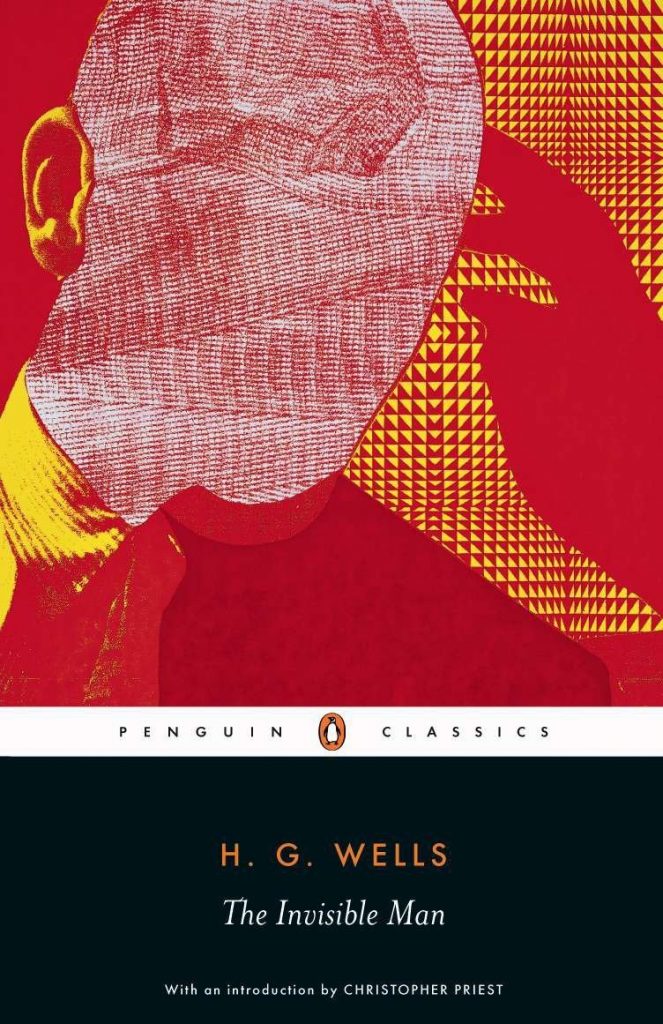
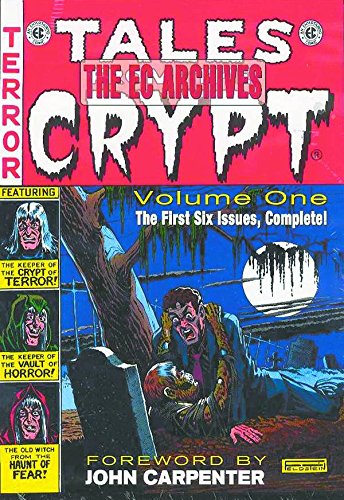
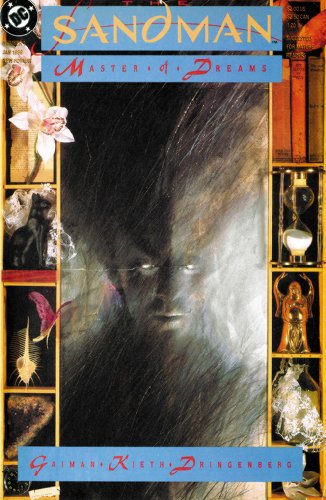
Modern-day horror literature features some of my favorite creators ever: Stephen King, Neil Gaiman, and R.L. Stine. These three alone have shaped my life in more ways than I can count. R.L. Stine started my childhood with fights, laughs, and sleepless nights thanks to The Haunted Mask, Return of the Mummy, and Night of the Living Dummy. Neil Gaiman spurred my imagination in high school with the wonderfully gothic Sandman comics. These stories paved the way for me to dive into horror and other meaningful existential works in my college years —Sandman is a seminal piece of art in my life. Finally, Stephen King, the godfather of modern horror and a master of storytelling, has given me a crash course in how to write and digest horror as an adult.
Horror evokes emotional, psychological, and physical responses to the fear of the unknown that will resonate and leave us feeling alive. So let’s all jump into the unknown this Halloween season!
FURTHER READING.
- Click If You Dare: 100 Favorite Horror Stories (NPR)
- The best horror comics of all time (Games Radar)
- These Savage Shores by Ram V & Sumit Kumar
- The Invisible Man by H.G. Wells
CBC’s resident history and yesteryear explorer, Laura Peraza, takes you back in time. Check out other series on our blog and our Reader Resources for more books and materials.

